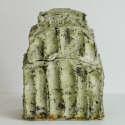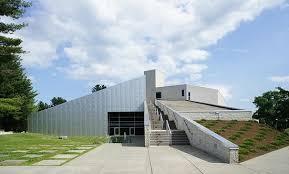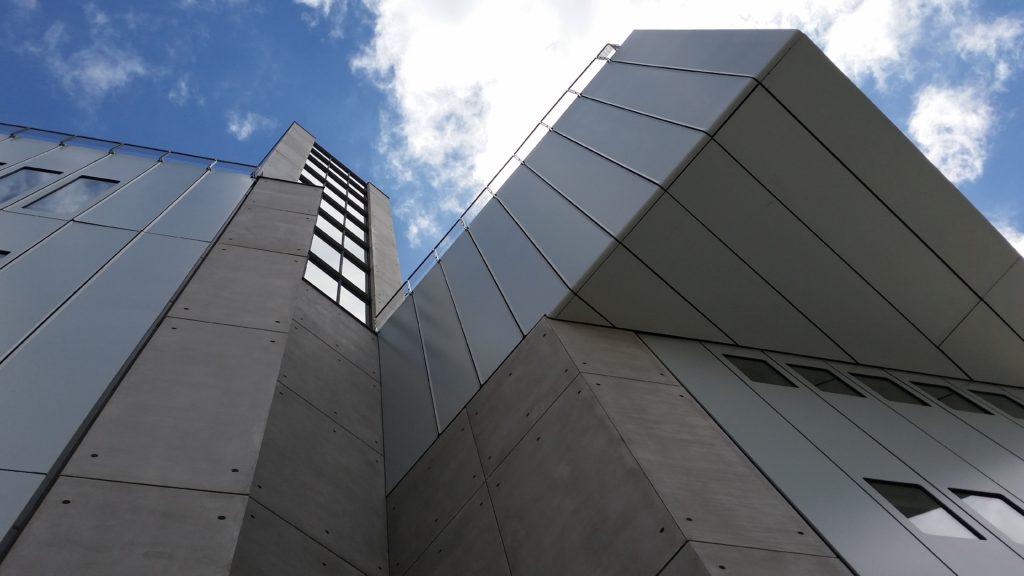Cambridge writer and photographer Anita Harris is a long-time admirer of the Lacoste Gallery, in Concord Mass....
Cambridge Observer
A visit to the Tang Museum at Skidmore College leads author Anita M. Harris to contemplate pattern...
Anita M. Harris writes that the New York's new Whitney Museum is a work of art in...
The "Gates-gate" episode in Cambridge has been called a "teachable moment." Might I suggest that it's a...
A lovely, eclectic show called "Float" at the Clark Gallery, 145 Lincoln Road, Lincoln, MA...
In a recent talk, MIT Institute Professor Bob Langer described the difficulties he faced in his early...



